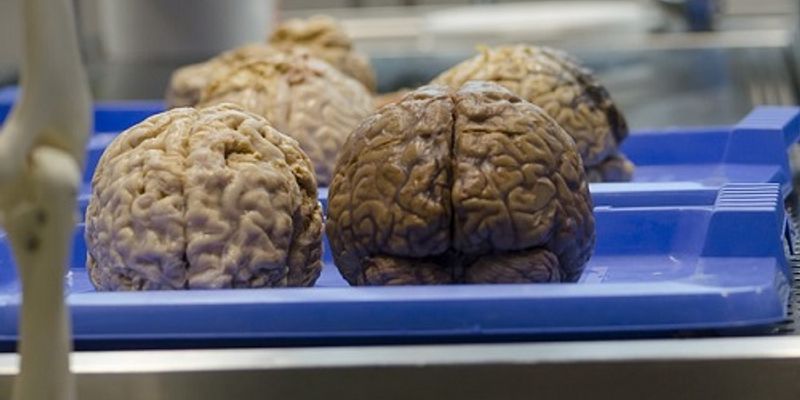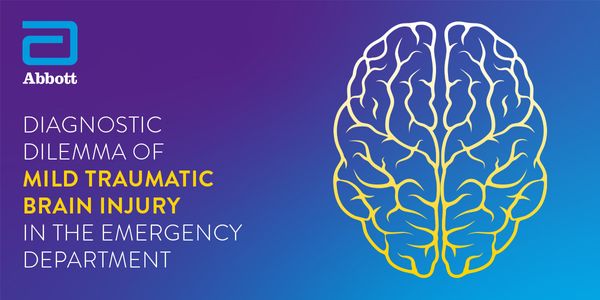Neurosurgery
Neurosurgery: the medical specialty concerned with the prevention, diagnosis, surgical treatment, and rehabilitation of disorders which affect any portion of the nervous system including the brain, spinal cord, peripheral nerves, and extra-cranial cerebrovascular system. In neurosurgery, there is a higher risk of further nerve damage and infection which may result in paralysis. Neurosurgery, or the premeditated incision into the head for pain relief, has been around for thousands of years, but notable advancements in neurosurgery have only come within the last hundred years.
-
NOV 16, 2022 | 7:00 PMDate: November 16, 2022 Time: 2:00pm (AEST) Date: November 17, 2022 7:00pm (PST), 10:00pm (EST), 4:00am (CET) The growth in FDA-approved cell and gene therapy products for the treatment of d...We present intracranial recordings that tap into some elementary components of linguistic meaning, with implications for our understanding of sentence processing and the distribution of conc...
Brain wave synchronization, also called neuronal coherence, is a fundamental mechanism of communication in the brain, where synchronized field potentials coordinate synaptic and spiking even...
Treatment-resistant depression is an immense source of disability and suffering, and represents a major unmet clinical need for innovative and effective therapies. Deep brain stimulation tri...
Behavior in complex environments requires decisions that flexibly combine stimulus representations with context, goals, and memory. Two key aspects of such cognitive flexibility are the retr...
DEC 16, 2021 3:00 PM CET
Date: December 16, 2021 Time: 6:00am (PST), 9:00am (EST), 3:00pm (CET) Learning Objectives: Webinars will be available for unlimited on-demand viewing after live event....
NOV 04, 2020 | 6:00 AM
Date: November 4, 2020 Time: 6:00am (PDT), 9:00am (EDT) The Global Scar Society was formed to gain consensus for and promote best practice in the prevention and treatment of abnormal & e...
Episodic memories are essential for human cognition, but the underlying neural mechanisms remain poorly understood. We utilize the opportunity to record in-vivo from human single neurons sim...
Speaker:
Adam Mamelak, MD
, Ueli Rutishauser, PhD
, Gabriel Kreiman, PhD
, Jie Zheng, PhD
Presented at: Neuroscience Virtual Event Series 2020
Brain machine interfaces (BMIs) aim to help patients with paralysis to use their recorded brain activity to control assistive devices. BMI research requires the collaboration of neuroscienti...
Speaker:
Tyson Aflalo, PhD
, Richard Andersen, PhD
, Spencer Kellis, PhD
, Charles Liu, MD, PhD
Presented at: Neuroscience Virtual Event Series 2020
The public health burden of Treatment Resistant Depression (TRD) has prompted clinical trials of deep brain stimulation (DBS) that have, unfortunately, produced inconsistent outcomes. Potent...
Speaker:
Wayne Goodman, MD
, Nader Pouratian, MD, PhD
, Sameer Anil Sheth, MD, PhD
Presented at: Neuroscience Virtual Event Series 2020
The US Brain Research through Advancing Innovative Neurotechnologies is a research program focused on building fundamental knowledge of how brain circuits process information to enable human...
























